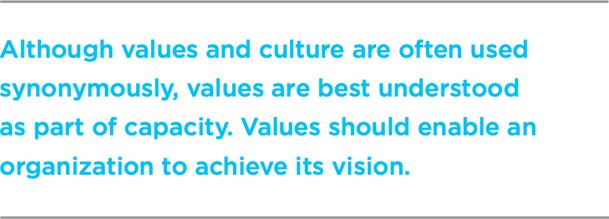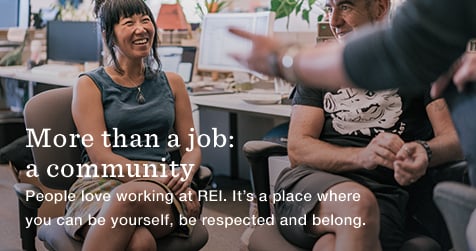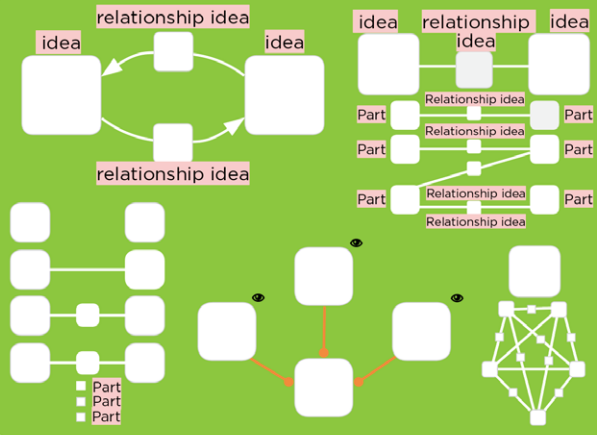Core Values: A System of Capacity
 Derek & Laura Cabrera
·
2 minute read
Derek & Laura Cabrera
·
2 minute read
This post was adapted from Chapter 4 of Flock Not Clock.
What are core values, and why does every company feel compelled to create and publicize them? The growing emphasis on organizational culture has likely fueled this trend: many CEOs equate culture with values.
For example, a Harvard Business Review piece reads: “Core values are the deeply ingrained principles that guide all of a company’s actions; they serve as its cultural cornerstones.” Another way to think of a company’s “deeply ingrained principles” is the mental models that all members share. In reality, however, what companies subsume under the term values is remarkably diverse and demonstrates inconsistent usage of the word. For example, there is frequent semantic confusion between a company’s vision, their values, and their mission.
Although values and culture are often used synonymously, values are best understood as part of capacity. Values should enable (provide capacity for) an organization to achieve its vision. This definition of values helps explain why:
Core values are what support the vision, shape the culture and reflect what the company values...Many companies focus mostly on the technical competencies but often forget what are the underlying competencies that make their companies run smoothly—core values.
Therefore, while we are agnostic as to whether organizations should create value statements, we suggest that they should be conceptualized as organizational capacity. Doing so will ensure that your values align with (help achieve) your vision.
 This means all your values should align with your mission and vision. Your VMCL mental models—the cornerstone of your culture—should be relatively enduring. There are other types of mental models you might use that aren’t core, but may also persist, provided they align with your VMCL. For example, many companies use The Four Agreements as a mental model to help people manage interpersonal relationships (an aspect of capacity). Other mental models might be built around incentives or mascots. For example, REI (an outdoor equipment retailer) selects outdoors-oriented employees who live the REI culture. Employees have the opportunity to win equipment by submitting “challenge grants” proposing challenging outdoor adventures.
This means all your values should align with your mission and vision. Your VMCL mental models—the cornerstone of your culture—should be relatively enduring. There are other types of mental models you might use that aren’t core, but may also persist, provided they align with your VMCL. For example, many companies use The Four Agreements as a mental model to help people manage interpersonal relationships (an aspect of capacity). Other mental models might be built around incentives or mascots. For example, REI (an outdoor equipment retailer) selects outdoors-oriented employees who live the REI culture. Employees have the opportunity to win equipment by submitting “challenge grants” proposing challenging outdoor adventures.
 Some mental models are more subject to change as the organization evolves. For example, your culture might prescribe how meetings are run (e.g., Amazon and the US Military have eschewed PowerPoint), how feedback is given, or other customs governing day-to-day operations.
Some mental models are more subject to change as the organization evolves. For example, your culture might prescribe how meetings are run (e.g., Amazon and the US Military have eschewed PowerPoint), how feedback is given, or other customs governing day-to-day operations.
So let’s review our definition of culture and our understanding of its purpose:
- Culture is shared mental models.
- Organizational culture is constituted by the mental models shared by an organization’s members.
- Culture is the mechanism to purposefully leverage the natural functions of any organization.
Leaders often say their most valuable weapon is their people. We disagree. People in and of themselves aren’t that powerful, especially if they are bickering, working at cross purposes, or ignoring one another. People who share common mental models (i.e., culture) are powerful.
.png?width=150&height=150&name=CRL%20GOAT%20Logo%20(4).png)



